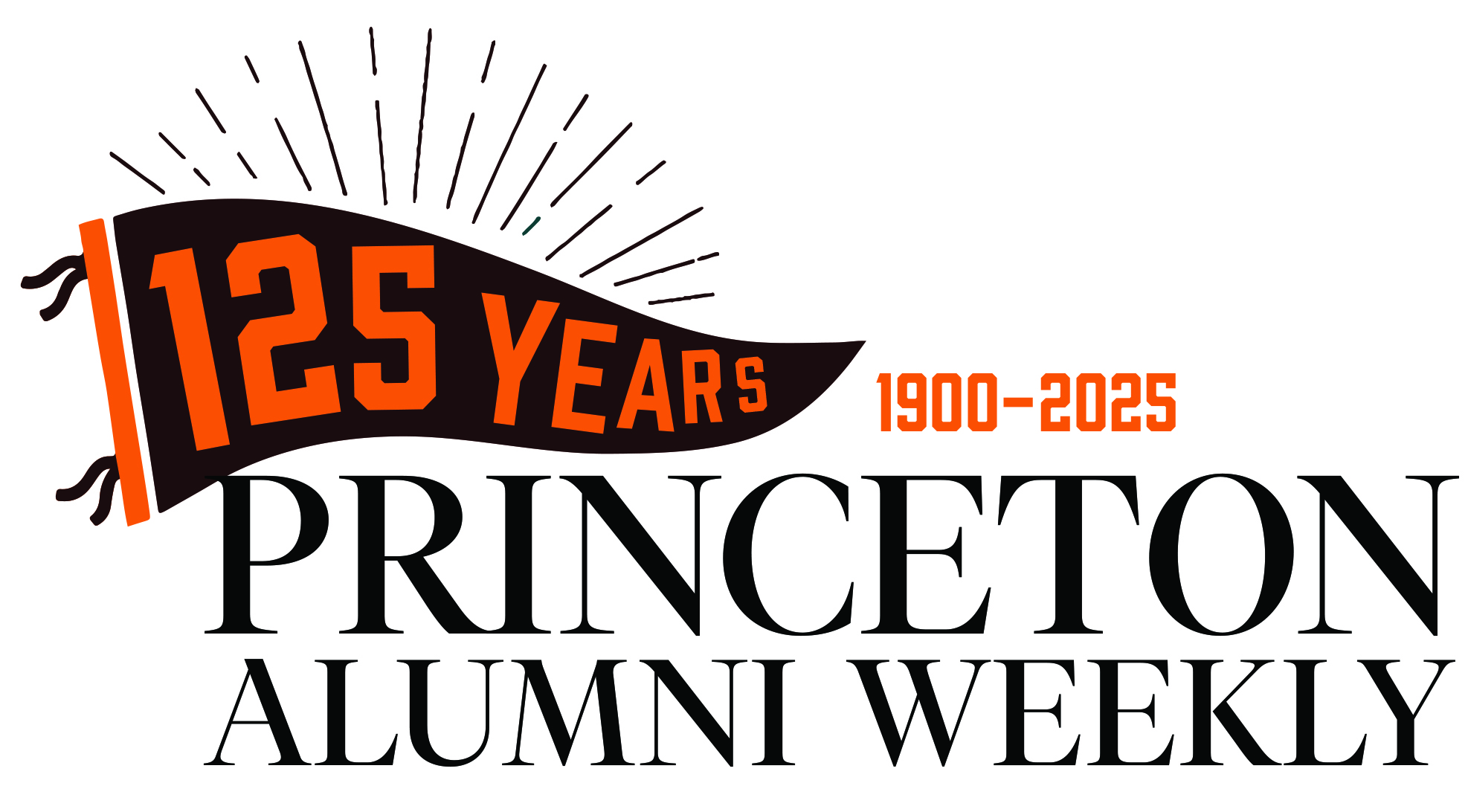
Doug Emlen *94, a professor of biological sciences at the University of Montana, thought that writing was his “A-game” — a strength, a specialty even. He’d written textbooks and taught classes about science writing. But when he began working on his first book for a general audience — an exploration of evolutionary arms races in the animal world — Emlen realized he still had much to learn.
“I would send these things that I thought were masterpieces to my editor,” he recalled with a laugh. “And she’d turn around and say, ‘You sound like a professor.’”
As Emlen searched for his narrative voice, he drew inspiration from his days as a Princeton graduate student, when he spent periods of seven or eight months researching dung beetles on an island in the rain forests of Panama. “I was writing these letters back to my then-girlfriend, who’s now my wife, and she kept them all,” Emlen said. “All these incredible things came flooding back, and so that’s how I was able to start working in these back stories and adventures. I’d actually written them down in my letters, 20 years ago.”
The grad-student adventures are woven into a wide-ranging review of biological research in Animal Weapons: The Evolution of Battle, which won the 2015 Phi Beta Kappa Book Award in Science earlier this month. In the words of one selection-panel member, it’s a “lively, engrossing account of the arms races in animal evolution, development, and ecology.” (Joan Breton Connely ’76 also was among this year’s Phi Beta Kappa honorees, receiving the Ralph Waldo Emerson Award for The Parthenon Enigma: A New Understanding of the West’s Most Iconic Building and the People Who Made It.)
The idea for Animal Weapons began with a review article that Emlen wrote a few years ago for an academic journal. His lab studies beetle horns, which, relative to body size, are some of the most impressive weapons in nature. He was curious to see how insights from the work on beetles compared to findings from research on other animal weapons, so he began poring through piles of papers he’d collected over the years about dinosaurs, saber-toothed cats, crabs, shrimp, wasps with tusks — “anything I could find that had a big, bulky, awkward weapon.” The more he read, the more commonalities he found. “All these crazy animals have their different weapons for the same reason: They all had gotten sucked into arms races,” Emlen said.
With that in mind, he began looking at arms races in human history, and he noticed interesting similarities. Biologists tend to draw a line in the sand between biological evolution and cultural evolution, but Emlen was convinced that in this case, the parallels were worth exploring. The last three chapters of Animal Weapons aim to connect those dots. “It’s not a relaxing, calming ending,” he said — Chapter 14 is titled “Mass Destruction” — but it is one that he hopes will make readers think.











0 Responses